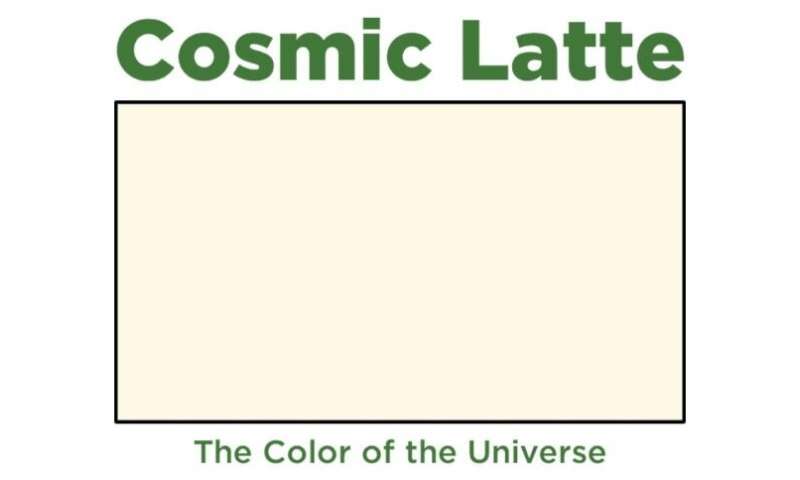When I was a kid, I had two kinds of coloring books. In one type, the pictures were drawn with strong black outlines, but they were otherwise completely white. You were supposed to use a crayon or some other coloring device to color the pictures yourself.
I hated these coloring books. Why would I spend time coloring pictures that someone else had drawn, when it would be so much more fun to make my own pictures instead?
Then there was the other type of coloring book, where the spaces inside the black outlines were filled with little black dots that contained pigments. You took a little brush, dipped it in water, and applied the water carefully to the fields inside the outlines. As if by magic, color appeared. It was like waving a magic wand over a dreary picture of black and white and have it bloom into color as if you had cast a spell over it. It would be an understatement to say that I loved these books. Unfortunately there were not many of them, and soon the producers stopped making them.
Today's APOD is the kind of coloring book that bores me, so I will just quickly and magically give it color by posting a version of the picture of it in full color instead. There, that looks nice, doesn't it?
All right, but what
is the color of the Universe?
Yes, that's it. Cosmic Latte. Kind of boring, but there you are.
Brian Koberlein, Universe Today, wrote about the first color of the Universe:
We have a good idea of what that first color was. The early universe had an almost even temperature throughout, and its light had a distribution of wavelengths known as a blackbody. Many objects get their color from the type of material they are made of, but the color of a blackbody depends only on its temperature. A blackbody at about 3,000 K would have a bright orange-white glow, similar to the warm light of an old 60-watt light bulb.
Or similar to Betelgeuse. It would be like having a sky crammed full of Betelgeuses. Imagine.
Now the cosmic microwave background, which once made the entire Universe glow like one universe-sized Betelgeuse, has cooled to invisibility (2.7 K). Hot blue stars still do their best to paint the cosmos blue, but they can't compete with all the yellow stars in all the elliptical galaxies out there.
So now the Universe is like one gigantonormous cup of cosmic latte, although not so tasty as the Earthly variety and with less foam or cream on top.
Ann
 Color the Universe
Color the Universe


